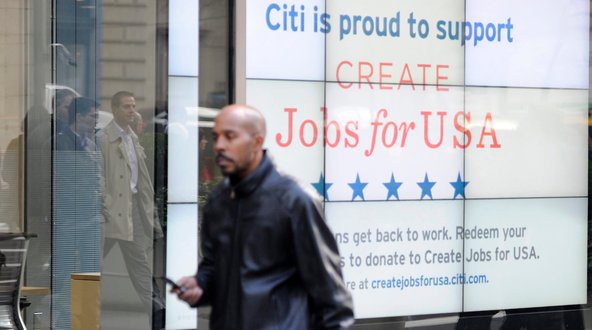During this bout I was much better behaved because my smartphone, jammed with entertaining apps and Internet access, was a great sickbed companion. Apps can do more than keep you company; they can give you medical advice. And as the season of coughs and sneezes settles in, an app may even help you determine what’s wrong.
For a medical app that covers a plethora of icky illnesses, WebMD is probably your best bet (free for iPhone, iPad and Android). It’s jammed with data, and can present it to you in a number of ways. A hypochondriac’s dream, the app’s Symptom Checker first asks that you tap on the corresponding part of an image of the body and then, choosing from detailed lists, specify which symptom you have. Once you select a symptom, the app leads you through a short question-and-answer session to refine your input, like exactly what kind of cough you have. You can input a number of symptoms, perhaps adding sneezes, for example, and then press the “view possible conditions” button.
The app lists all the conditions your symptoms may match, so you need to read each one earnestly to see if it describes your situation. It’s written in plain language, and links help you find treatment or more information online. A tab takes you to pages describing symptoms in more detail, and another takes you to detailed articles about the condition.
This app also works well if you already know, or suspect, what’s wrong with you: you can simply consult its alphabetical index of illnesses. A section with drugs and treatments even has a “Pill ID” feature to help you identify a medication by its shape and color or the letters printed on it. Finally there’s a quick-access First Aid section for emergencies.
The WebMD app is powerful and full of detail. This is obviously handy, but you can get a little lost navigating its sub-menus. You also need to be online so it can acquire data to meet your requests.
An alternative app on iOS, also free, is iTriage. It too has a comprehensive list of illnesses, and a symptom-checker section where you tap on a body image to input each symptom you’re experiencing. But iTriage also provides information on a list of medical procedures. And you can record in a “my iTriage” section details of your insurance, health record, previous ailments and so on. The app is more graphical than WebMD, and is thus a little easier to use. A page on influenza, for example, has data carefully organized under a long list of headings. Some sections even have video links to help you, but again, you need an Internet connection to get the most benefit.
One way to avoid seasonal illnesses like the flu is to avoid being exposed. The Centers for Disease Control and Prevention’s official Influenza app (free on iOS or Android) is jam-packed with data, including graphs, maps and medical terminology. It is mainly intended for professionals, but ordinary users can use it to find out where the flu is prevalent in the United States. It also has useful information about vaccination and flu prevention. But its interface is old-fashioned, it’s easy to get lost in the various sections and data presentation is sometimes not the most accessible.
A much simpler and possibly more useful app, is called FluDefender (free on iOS). This app’s main attractions are detailed information about influenza, a built-in link to the CDC’s Twitter feed about flu and a map that shows how common flu infections are state by state.
While the apps have their uses, if you’re really sick, seek professional help. Doctors can recognize symptoms you can’t. And apps can’t write prescriptions.
Quick Calls
Robot fanatics young and old will love the new Robots for iPad app, $5 on iOS. It has information on 126 of the most advanced robots around the world and interactive 360-degree graphical views of them, alongside articles and video content. … Microsoft has brought its free Bing Translator app to the new Windows Phone 8 smartphone platform. The app provides speech-to-text translation and translates foreign text scanned by the phone’s camera.
Article source: http://www.nytimes.com/2012/12/06/technology/personaltech/nursing-the-flu-with-help-from-apps.html?partner=rss&emc=rss





